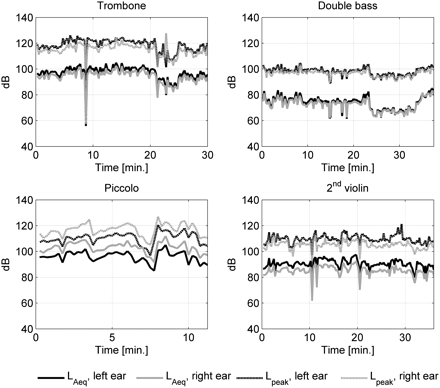Quad ESL's go down to around 32Hz ( -6db ) according to specs... and as I said SPL (loudness) - they don't do loud.…while delivering what SPL to the listening position at 80 Hz? I’m confident it would completely fall apart much below that.
But my normal listening SPL is 75db - and they do that pretty easy - won't stress too much with 15 to 20db headroom above that, particularly if you opt for the model with the extra bass panels (ESL989, ESL2912) - if you are looking for average levels of over 90db (and aren't deaf .... yet....) then they aren't the right speaker for you.


